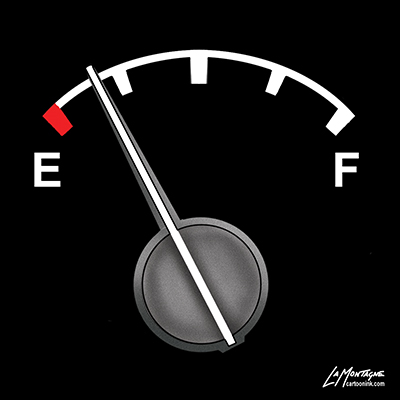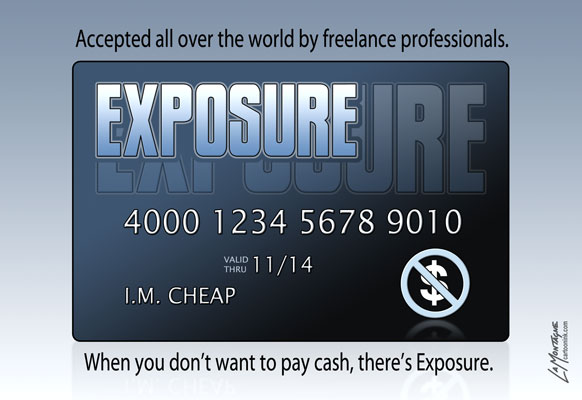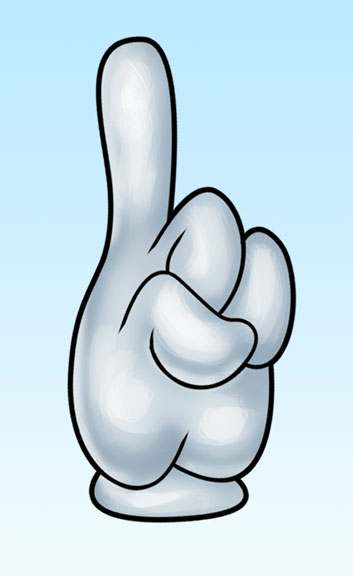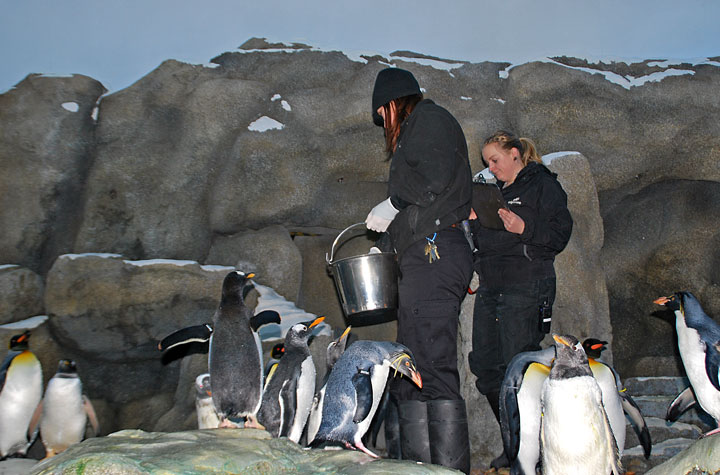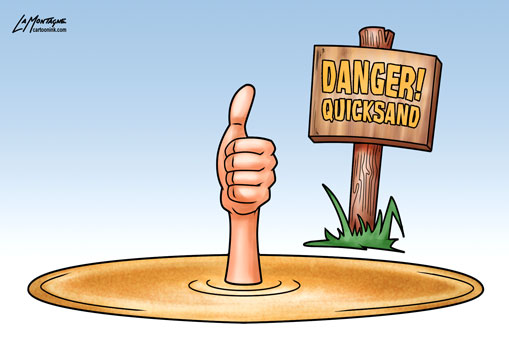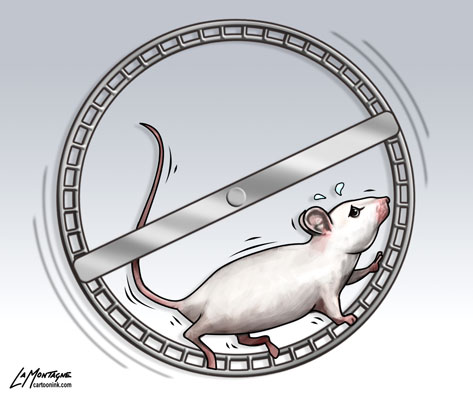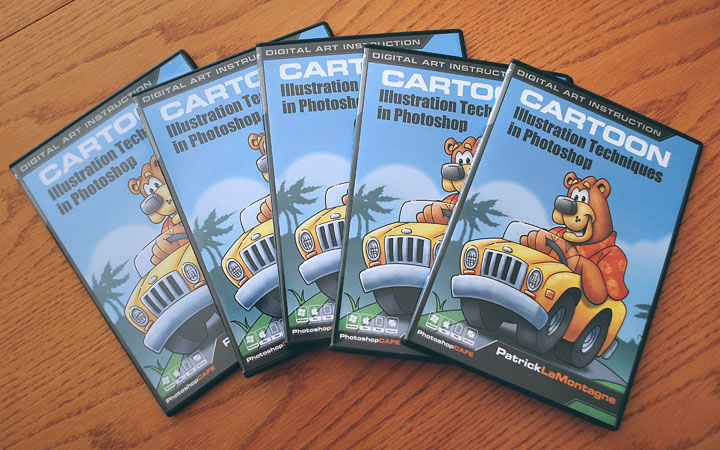 This year could have started better. I just cancelled my flight, hotel and other arrangements for CES in Vegas next week and I’m not too happy about it.
This year could have started better. I just cancelled my flight, hotel and other arrangements for CES in Vegas next week and I’m not too happy about it.
I was supposed to be working in the Wacom booth for the Consumer Electronics Show next week, leaving Monday morning, coming home on Friday. While I did a demo presentation at their booth at Photoshop World last year, I wasn’t compensated for that appearance, so it didn’t pose a problem. For CES, however, Wacom was sending me there and we overlooked something very important.
Canadians need a work visa to work for an American company in the United States. I honestly didn’t know this and neither did Wacom, as this was a new experience for both of us. My research over the past 24 hours has shown that most Canadians who get paid to travel to work at trade shows, do guest lectures, and speak at U.S. conferences are completely unaware that without a work visa, they’re doing so illegally. If you’re compensated for your appearance, even if it’s just your expenses, you need a work visa.
Believe it or not, this came to my attention just yesterday while my wife and I just happened to be watching a National Geographic Channel series, “Border Security” which looks at the challenges faced by Canadian Border Services at the three different types of entry (air, sea, land) into British Columbia. An American traveling to Canada needs a work visa for trade show work, guest lecturing, speaking, etc. as well. One particular case sounded so similar to mine, and the person was denied entry into Canada, that I started looking around and found out that I was in trouble.
Had I shown up at the airport and told them what I was doing, completely unaware that I was in violation of Immigration Law, U.S. customs would have likely denied me entry into the U.S. and I’d be doing a quick turnaround heading right back home, my file flagged for all future border crossings.
My research, of course, found plenty of examples of people saying they just say they’re ‘attending’ a conference, rather than working it, and that’s how they get around the rules. Then there are the people who’ve been caught lying to border security who caution against that tactic. Border security officers are trained and experienced to know when you’re lying and I’ve always said I’d be a bad poker player.
I have an over-developed sense of ethics that has served me well throughout my life, but I’ll admit it makes me feel like a bit of a pushover sometimes when so many others regularly break laws like this and get away with it.
But here’s the thing. If I tried to skirt the U.S. border laws by lying about my reasons for heading into the U.S. and they caught me in the lie, I’d be banned from travel to the U.S. for 1-5 years with no opportunity to appeal. They don’t even have to prove you’re lying, they just have to think you are. That means I couldn’t even land in the U.S. enroute to somewhere else. And anybody who has ever had issues crossing the U.S. border will tell you that all it takes is ONE incident and you’ll have issues for the rest of your life, because they make a note of it on your file. This would be far more damaging to my life and career than missing three days at CES in Vegas next week.
Just the fact that I called the U.S. consulate this morning to confirm all of my concerns, and they won’t even talk to you without your giving them your passport number, means I can expect that the inquiry alone is now on my file. Any entry into the U.S in the near future will be met with additional scrutiny, I’m sure.
There is obviously a lot more for me to learn about this situation. While the U.S. Consulate in Canada did answer some of my questions, they weren’t very helpful and seemed to have no sympathy for my situation at all. Just getting to talk to a real person took me four or five different phone numbers and about 20 minutes playing touch-tone Olympics getting through the various menus. Hitting zero just disconnected the call.
As it stands now, I need to talk to the U.S. Consulate in Calgary to find out exactly which visa I need (there are several kinds), make an appointment for an interview (in person), pay the fee if I’m accepted, obtain letters from any U.S. companies I’m working for, etc. There are a couple of visas I may need, however, that require this work to be initiated by any company in the U.S. that I’ll be working for on U.S. soil.
Canadians have gotten comfortable with the fact that we are such close friends and neighbours with the U.S. that we’ve started to think that we have certain rights when crossing into the U.S. and it’s just not the case. The United States is solely concerned with looking after Americans. While Canadians may have a more trusted status in most cases, we are still visitors in a foreign country. We can be refused entry for any reason deemed appropriate by the U.S. government and they don’t have to justify it to us. In today’s charged protectionist climate, the rules are stricter now than they’ve ever been.
The same holds true in reverse, something that surprises many Americans when they travel to Canada as well.
So I’ve learned a valuable and humbling lesson this week, and as with most hard lessons, I’m paying for it by not going to Vegas next week, and worse, not working with Wacom while I was there. Gut feeling, I did the right thing and even though I’m not a happy camper today, things could have ended up worse in the long run.
If there is a bright spot in all of this, it’s that I found out now, so I could cancel my flight and hotel and only be out a couple of hundred dollars in non-refundable fees. Had I shown up at the airport and been denied access to the U.S. for lack of a work visa, I would have been out the cost of my flight, first night’s hotel, and the return fee for the airport shuttle I was taking Monday morning to Calgary.
There are a couple of days off in my immediate future. Self-pity will likely be involved.

